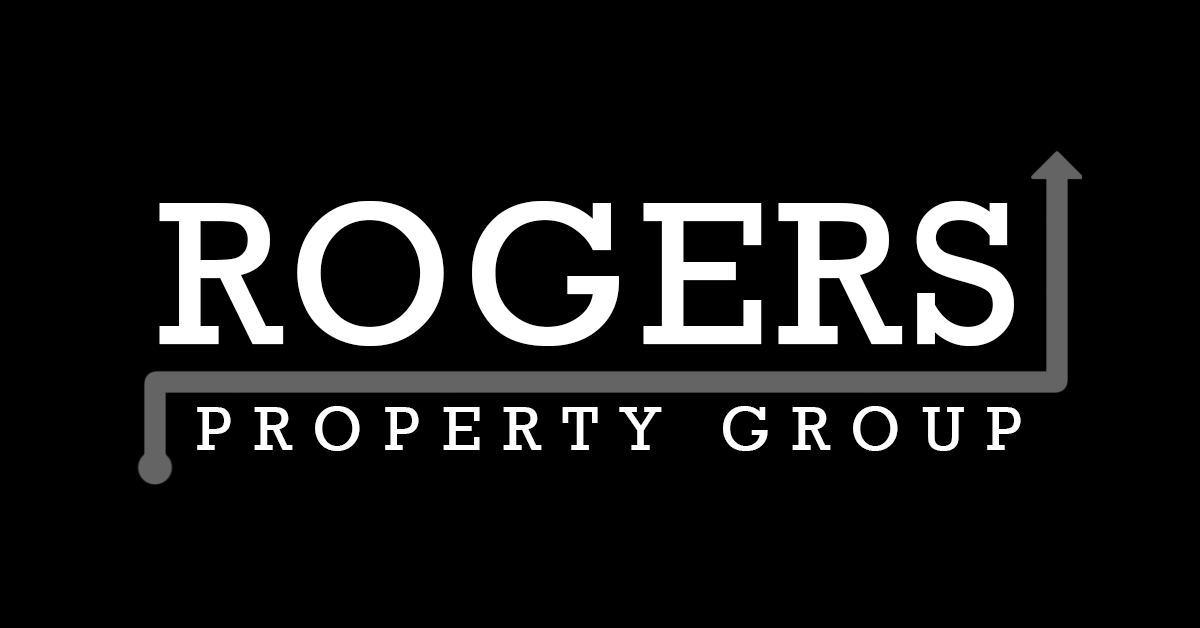There has been a lot of talk about Cash Flow Positive Property lately. It seems that every property commentator has been referring to it and many investors are looking for it.
But what is it?
That may seem like a strange question to a seasoned investor but for many people starting out they don’t actually know what Cash Flow Positive Property is referring to.
How does that differ from Positive/Negative Gearing?
Or are they in fact the same thing? While even seasoned investors know what negative gearing is, I honestly don’t believe that many actually know how it works.
And probably the biggest question of all;
Is it possible to have a property that is Cash Flow Positive but also giving good Capital Growth?
These are some of the questions that I will be answering in this article on Cash Flow Positive Property and hopefully helping you make the right decision on your next investment.
When people refer to Cash Flow Positive Property they mean that the property, after tax, is not costing them anything to hold. It may even be making them a little extra cash. This is quite obviously a good thing. Everyone would like to own a property portfolio and have it building wealth for them but who wants to adjust their lifestyle to enable this? No one. Therefore when a property is not costing anything to hold, its attractiveness increases considerably.
There is a big difference however between Cash Flow Positive Property and Positively Geared Property. While Cash Flow Positive means the property will produce an income after tax deductions have been taken into account, Positively Geared Property means that the rent is higher than the expenses before any tax refund is included.

The example above shows a Cash Flow Positive Property. A1 shows the loss before any tax deductions are claimed, the property make a cash loss of $3,500. However, once we add on the extra expenses from Non-cash Deductions like depreciation (B1) we end up with a book loss of $14,500 (C1) We can then claim this loss against our taxable income (assuming a 30% tax rate) that loss will actually give us back $4,350 in cash from the ATO. Once we add that cash back in, we end up cash flow positive by $850 (E1)
So as you can see from this example, the property is Cash Flow Positive but not Positively Geared.
If the property was to be positively geared, the rent would have to be higher than the pre-tax expenses which would be $29,500. Eventually once the rents increase over time it will become Positively Geared but not at the moment.
Cash Flow Positive Property in Detail
Is it possible to be Cash Flow Positive but negatively geared?
Yes. The example above is that exact scenario. The property makes a book loss (paper loss), so it is Negatively Geared but once the tax is added back in, the property is now Cash Positive. Have I confused you yet?
So what about Positively Geared Property?
Most properties will eventually become positively geared over a period of time when rents increase enough but when you first buy them they are generally negatively geared. So why not have Positive Gearing from the start? The issue is the way the market values the property. Generally properties that are positively geared are located in rural areas or represent high risk in some way – hence the reason for the high rents. However, due to the high risk they also have reduced capital growth. And as a seasoned investor, you need to be focused on capital growth because this is what makes you wealthy.
So in conclusion:
I would be aiming to buy property that is Cash Flow Positive (or close to it) but negatively geared. There needs to be a focus on the capital growth. I would be very careful of positively geared property unless it is well located and has very good long term growth prospects. After all, it is the capital growth that makes us wealthy.



